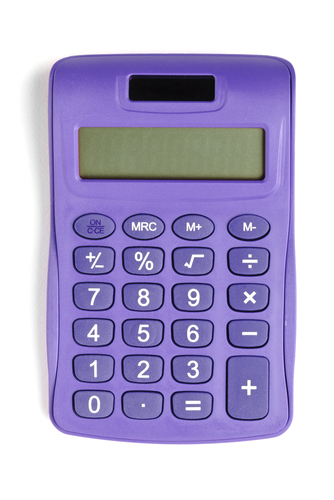Do you like to run?

At EdPlace's Sports Day, students participated in the 100-metre dash event.
Their times were recorded and organised into the following table:
| Time t [seconds] | Frequency |
|---|---|
| 0 ≤ t < 11 | 5 |
| 11 ≤ t < 13 | 45 |
| 13 ≤ t < 15 | 110 |
| 15 ≤ t < 17 | 90 |
| 17 ≤ t < 20 | 55 |
Do you remember how to calculate the mean from a frequency table like this?

We have five steps to this calculation:
1) Add all the numbers in the frequency column to get the total number of data points.
| Time t [seconds] | Frequency |
|---|---|
| 0 ≤ t < 11 | 5 |
| 11 ≤ t < 13 | 45 |
| 13 ≤ t < 15 | 110 |
| 15 ≤ t < 17 | 90 |
| 17 ≤ t < 20 | 55 |
5 + 45 + 110 + 90 + 55 = 305
2) Find the midpoints for all the intervals and organise them in a third column.
| Time t [seconds] | Frequency | Midpoint |
|---|---|---|
| 0 ≤ t < 11 | 5 | 5.5 |
| 11 ≤ t < 13 | 45 | 12 |
| 13 ≤ t < 15 | 110 | 14 |
| 15 ≤ t < 17 | 90 | 16 |
| 17 ≤ t < 20 | 55 | 18.5 |
If we can't spot what the number in the middle is, we add the two numbers at the ends of the interval and divide that by 2 - that always works!
e.g. (0 + 11) ÷ 2 = 11 ÷ 2 = 5.5
3) Multiply frequency with the midpoint for each line in the table - make this the fourth column of the table.
| Time t [seconds] | Frequency | Midpoint | Frequency × Midpoint |
|---|---|---|---|
| 0 ≤ t < 11 | 5 | 5.5 | 5 x 5.5 = 27.5 |
| 11 ≤ t < 13 | 45 | 12 | 45 x 12 = 540 |
| 13 ≤ t < 15 | 110 | 14 | 110 x 14 = 1540 |
| 15 ≤ t < 17 | 90 | 16 | 90 x 16 = 1440 |
| 17 ≤ t < 20 | 55 | 18.5 | 55 x 18.5 = 1017.5 |
4) Add all of the results in the fourth column (i.e. the frequency x midpoint column) to get the sum of all the data points.
27.5 + 540 + 1540 + 1440 + 1017.5 = 4,565
5) Finally, divide the sum of all the data points by the total number of data points to get the estimate of the mean.
4,565 ÷ 305 = 14.97 s
Phew - that was a lot of work!

Why is it only an estimate?
Well, we used midpoints since we don't have the actual data!
So, e.g. 5 times between 0 and 11 s could all be 9's!
Ready to grab your calculator and get some practice in?









